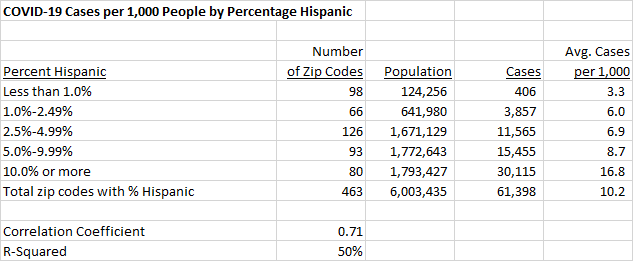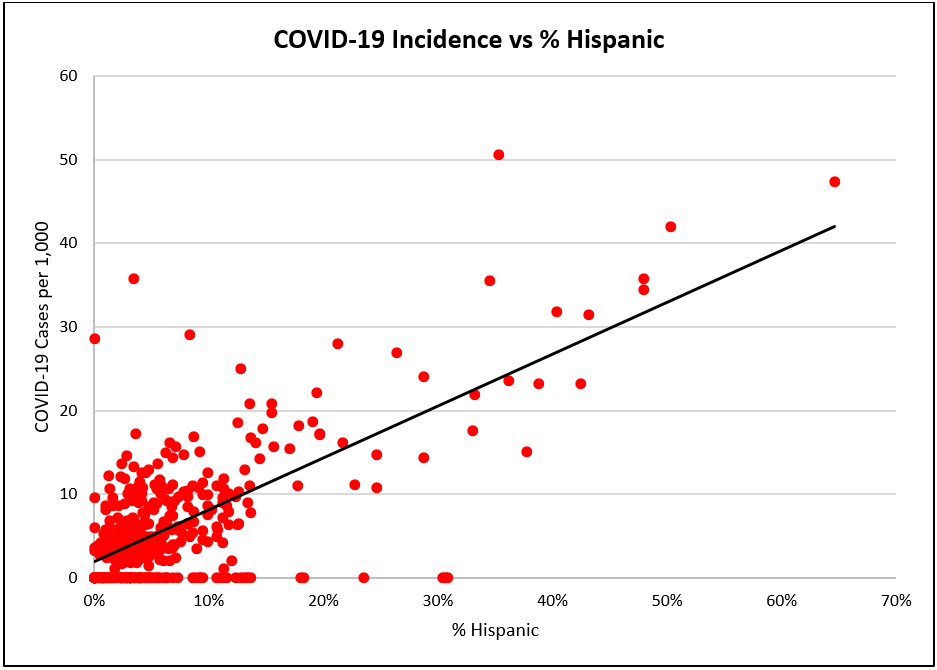To the extent that Latinx ever took off, it was primarily at universities like where I teach. That’s no surprise, as surveys reveal it to be more popular among the young, educated, and Democratic, which practically defines my students.
But it never gained real traction outside of the academic arena–only 2 to 5 percent of Latinos preferred it. For that matter, Hispanic is preferred to Latino by 57 to 37 percent. Many Latinos prefer to identify by national origin. New York has a Dominican but not a Latinx parade for a reason.
Latinx gained traction after the horrendous mass shooting at the Pulse nightclub in Orlando. Several transgender and non-binary people injured in the attack preferred Latinx to express their identity over the gendered Latino and Latina. That’s a fine personal expression of their identities. But the progressive elite quickly picked it up as a general gender-neutral and transgender inclusive term, even though Latinx never was adopted by the broader Latino community.
Perhaps Rita Moreno’s character in the remake of One Day at a Time captured it best, when she asked “What the hell is a Latinx? Is it a Cuban Kleenex?”
One can imagine how the imposition of Latinx, which really does not work in Spanish, and was never embraced by the community might grate. Axios reports that Latinx is now being given a very public funeral by prominent Latinos as part of the backlash against the imposition of Latinx:
Rep. Ruben Gallego (D-Ariz.), head of the Congressional Hispanic Caucus’ campaign arm, announced last month his congressional staff is not allowed to use “Latinx” in official communications. “When Latino politicos use the term it is largely to appease white rich progressives who think that is the term we use. It is a vicious circle of confirmation bias,” he tweeted.
Days after Gallego’s tweet, Domingo García, president of the League of United Latin American Citizens, instructed staff and board members to drop the word “Latinx” from the group’s official communications, NBC Latino’s Suzanne Gamboa reported. “The reality is, there is very little to no support for its use, and it’s sort of seen as something used inside the Beltway or in Ivy League tower settings,” García told NBC News.
The Miami Herald, in an editorial, also denounced the term and urged left-leaning activists to “just drop it” while pointing to polls that the word wasn’t even popular among Latinos. “’Latinx’ has failed to gain buy-in from the people it’s supposed to empower. It’s time to retire it from official use,” the editorial board wrote.
Politics is about reaching people where they are. Hard to see how Democrats reach the Latino community, which appears to be trending Republican at a rate that ought to scare the bejeezus out of them, by using elite argot instead of terms used in everyday conversation.
When transgender people identify as Latinx, that is an authentic expression of their identity. When progressives use it for the entire community, it comes across as elite pretentiousness: I’m part of the enlightened who know better.
Dump BIPOC Too
While we’re at it, progressives should dump BIPOC too.
BIPOC stands for Black Indigenous People of Color. It was created as part of an effort to “center the voices of Black and Indigenous communities” lost in People of Color, especially when Blacks are the major victims of police violence.
In the New York Times Prof. Cynthia Frisby explained that “I think the major purpose of that was for including voices that hadn’t originally been heard that they wanted to include in the narrative, darker skin, blacks and Indigenous groups, so that they could make sure that all the skin shades are being represented.”
It’s hard to see how focusing on two groups is simultaneously more inclusive of all skin shades.
BIPOC has also been attacked for conflating the very different suffering of Black and Indigenous people under colonialism. McGill Prof. Charmaine Nelson told the Times “To conflate everything in one is to erase, which is the very nature of genocidal practice.”
Far more important than these very academic debates is that the term is simply not widely used by ordinary people. Yet left-wing elites will nonetheless insist on using this elitist argot in the name of respecting people who, as with Latinx, not only don’t use the term but literally have no idea what they are talking about.
Montgomery County climate activist Jim Driscoll sent me an email on December 4th that led with “Over 50 BIPOC and other Montgomery County (MOCO) youth and their allies…”
Unraveling this phrase practically requires math. BIPOC and other youth is presumably the same as BIPOC and White youth since BIPOC nominally includes everyone but White people even as it focuses on Black and Indigenous people. Of course, that also means that BIPOC and White youth could just be written as youth. Adding “their allies” means that both youth and non-youth—people—were there.
I don’t know Jim Driscoll or his intent here. I’m sure it wasn’t to talk down to people. He probably was just doing his best to use what he thought is the correct inclusive terminology among Montgomery progressives as he pressed his climate agenda.
But that’s the problem. When progressives use language like this, intentionally or not, they come across to the average citizen as somewhat ridiculous elitist snobs. It’s not inclusive to use obscure language used primarily among educated elites.
It’s definitely not the way to win supporters–or elections. And it’s a lot more fun to win than to wrap yourself up in moral superiority.


